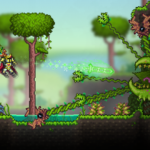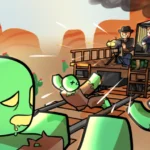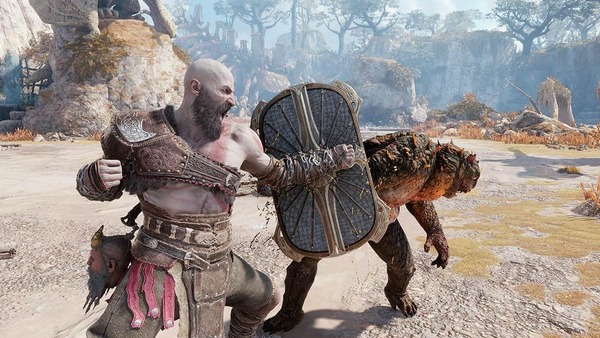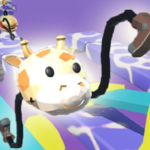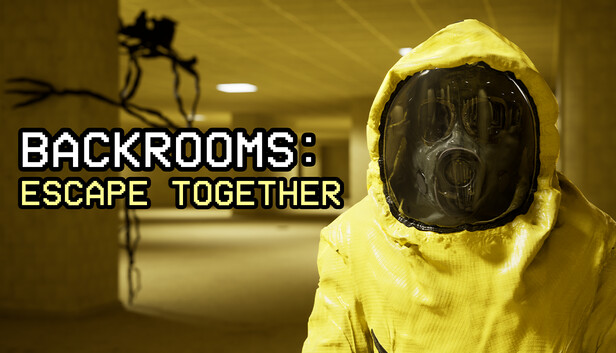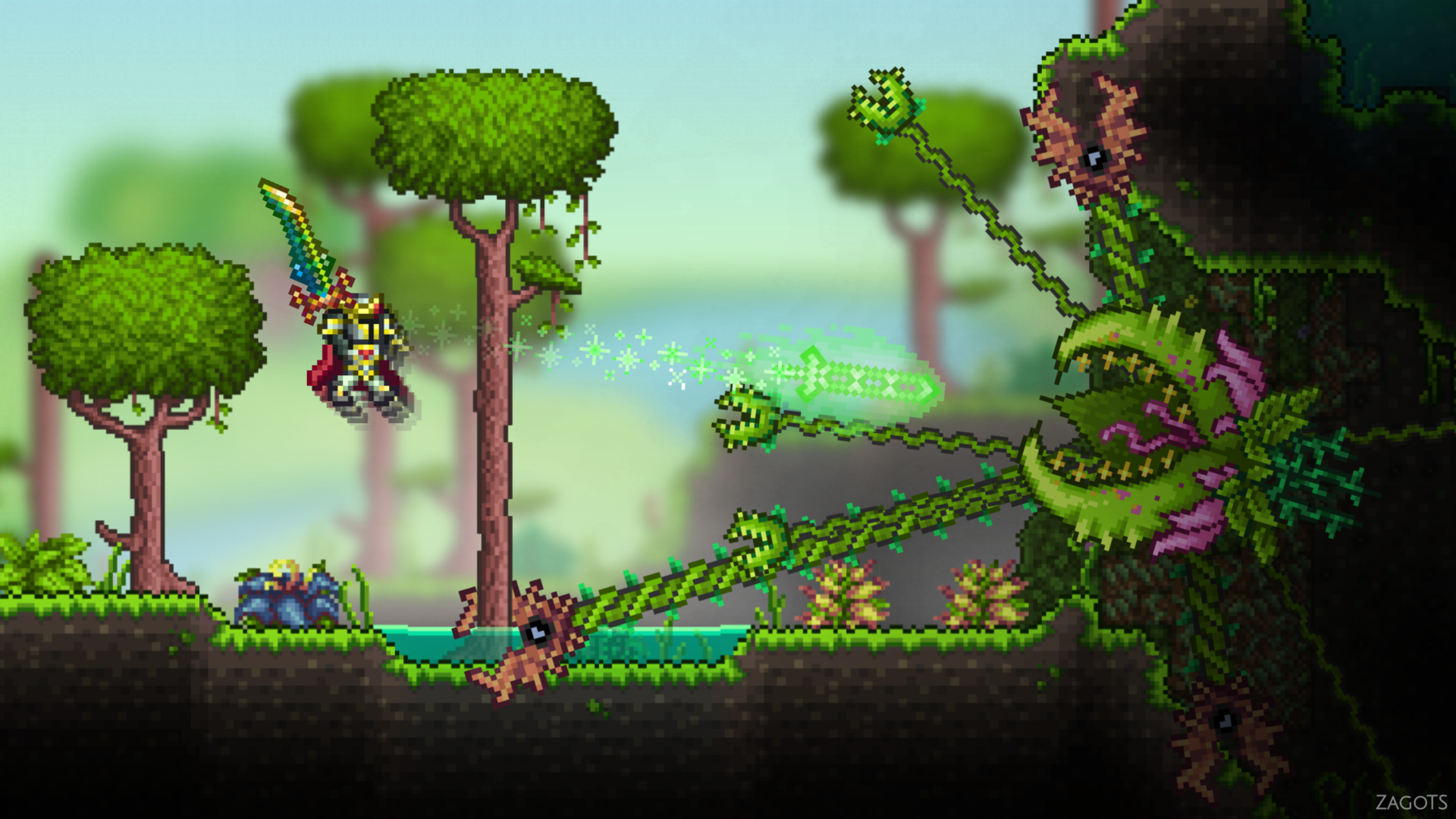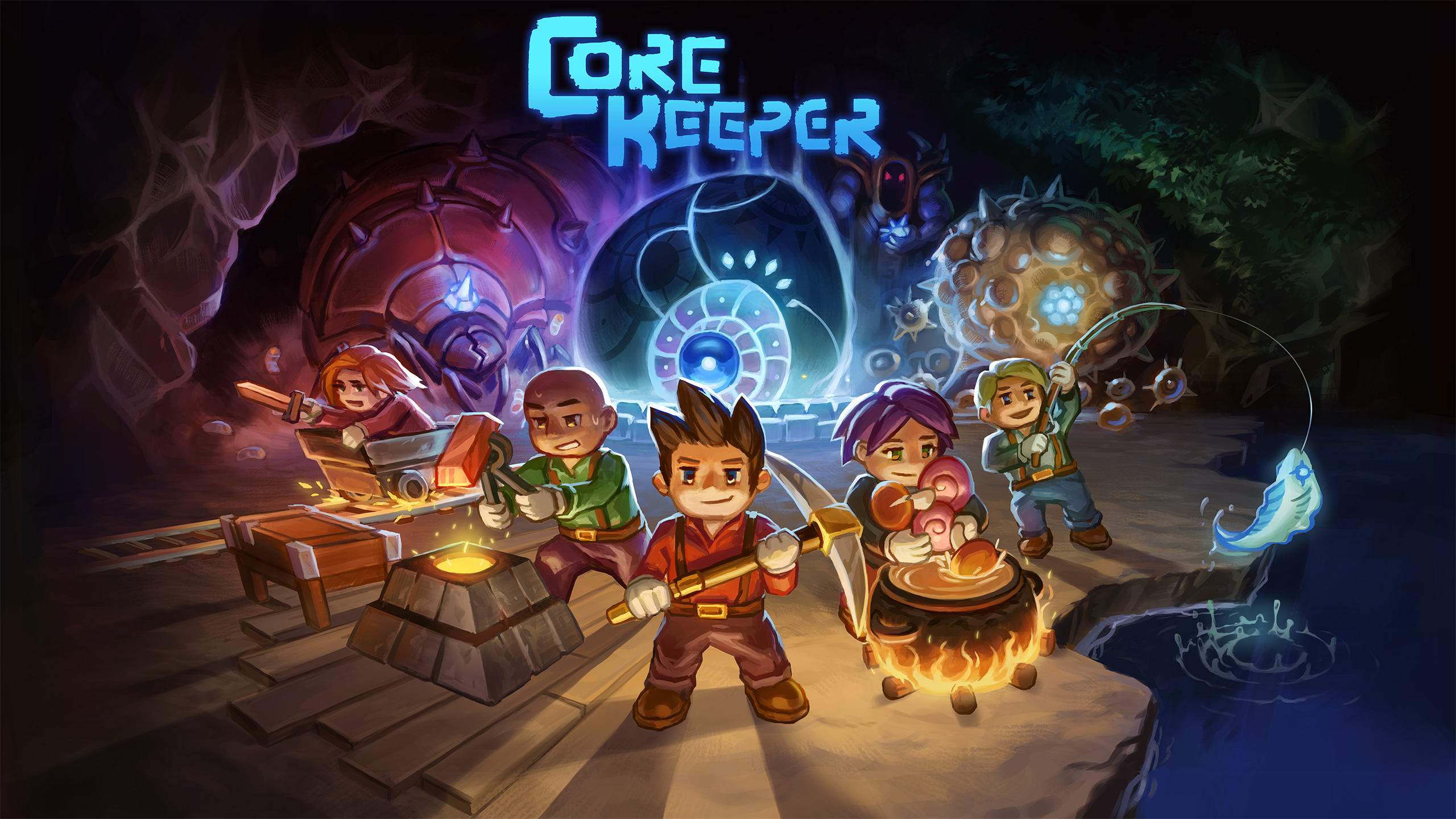
Introduction
In the world of indie gaming, few titles have gained popularity like
Core Keeper. Released in 2022 by Pugstorm and published by ImaGO, it quickly attracted fans of survival and exploration games. The game combines elements from classics like
Terraria,
Minecraft, and
Conan Exiles. Its pixel-art style blends well with modern mechanics. As a result, it creates an engaging underground adventure suitable for players of all skill levels.
This article will explore
Core Keeper in detail. We will look at gameplay, visuals, community feedback, and the advantages and disadvantages of the game. Our goal is to help you decide if it’s worth your time.
What Is Core Keeper?
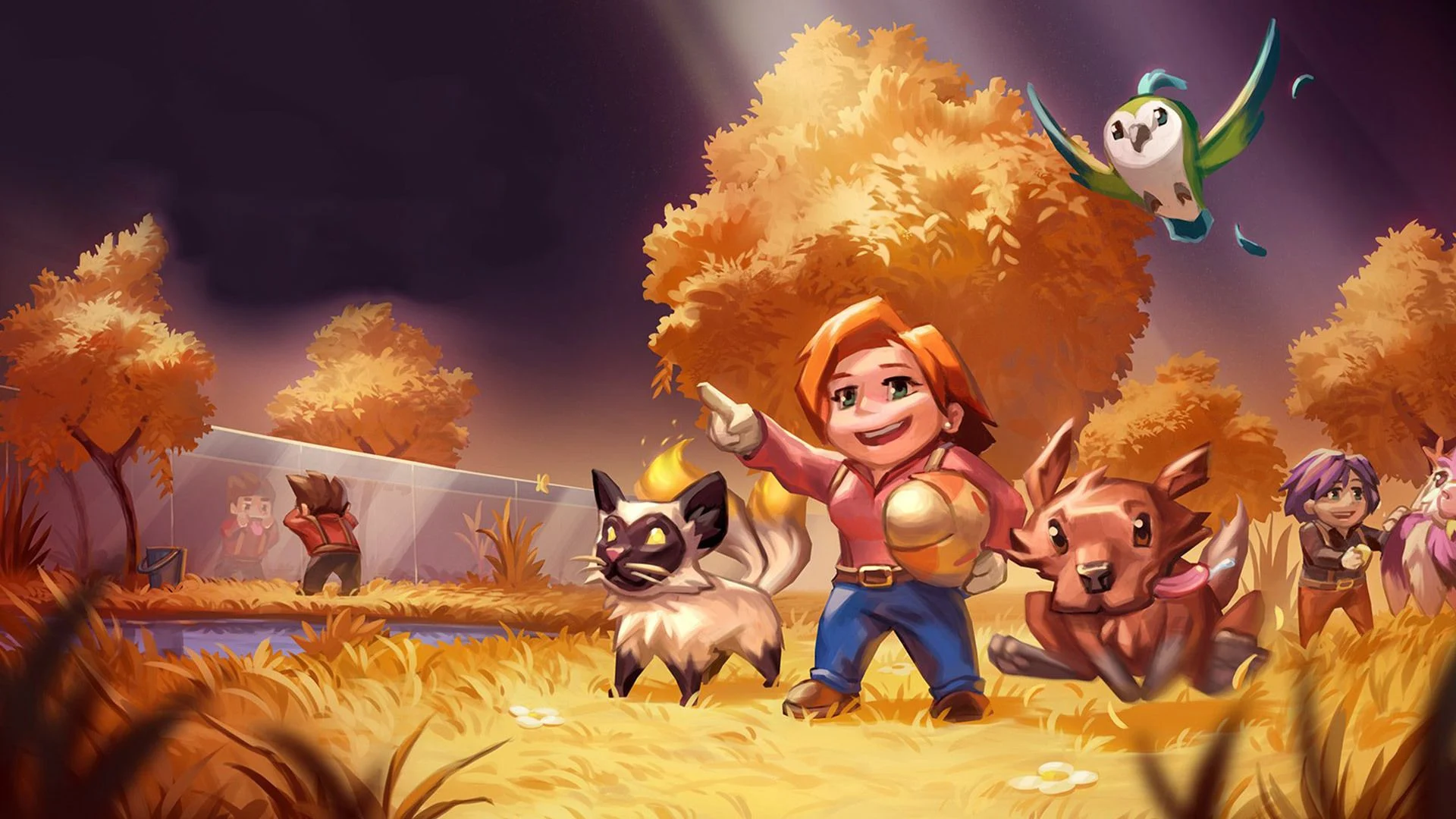 Core Keeper
Core Keeper is a survival sandbox game set deep underground. The story begins when players find an ancient core powering the mysterious environment. The core becomes the game’s central theme. Players explore, mine, craft, build, and fight against monsters. Their mission is to uncover the secrets lurking beneath the surface.
Unlike open-world games, Core Keeper is focused underground. The game supports multiplayer co-op with up to eight players. This makes teamwork and social play a big part. Overall, it offers a rich mix of exploration, combat, and crafting.
Gameplay Mechanics
Exploration and Discovery
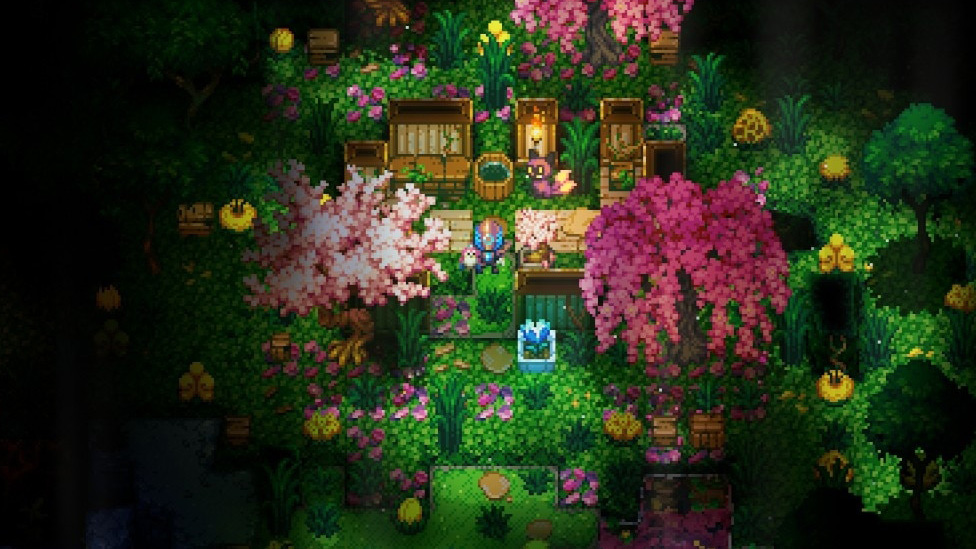
Players descend into a randomly generated underground world. Each time, the environment is different. You will encounter biomes like forests, swamps, volcanoes, and ruins, each with unique enemies and resources. The game rewards exploration by hiding secrets and valuable items in hard-to-reach places.
Because the world is procedurally generated, every new game feels fresh. You can expect to discover new areas and challenges with each playthrough. Navigating these regions keeps gameplay exciting and unpredictable.
Crafting and Building
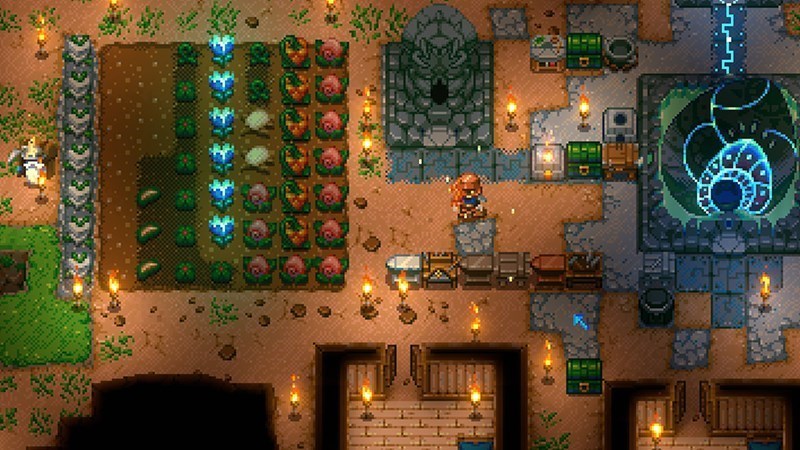
Crafting is at the heart of Core Keeper. First, players collect resources like ores, stones, plants, and animals. Next, these materials are used to craft tools, weapons, potions, and structures. Building allows players to create bases, farms, and defenses. This helps protect from monsters and creates a personal space.
Progression depends on unlocking new recipes and resources. As you explore, you encounter better materials and advanced craftable items. This sense of progression motivates continuous play and experimentation.
Combat and Enemy Encounters

Combat plays a significant role. Players face many monsters, from simple critters to giant bosses. The combat system is straightforward but satisfying. Different weapons work best against various enemies. Moreover, defeating monsters yields rare resources for crafting.
Boss fights are challenging and require preparation. Players must gather the right gear and plan their tactics carefully. Working together makes difficult battles more manageable.
Progression and Quests
[caption id="attachment_2337" align="alignnone" width="800"]
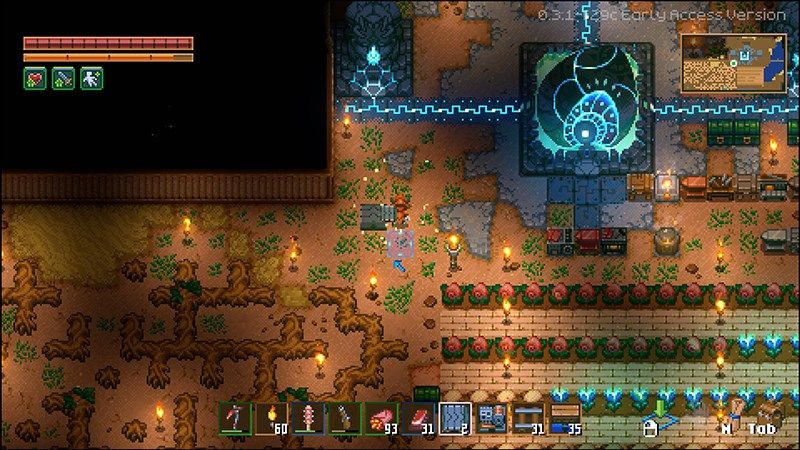
xr:d:DAF6TSMIFfY:6,j:1294074943082958794,t:24011905[/caption]
While not a typical quest-driven game, Core Keeper has clear milestones. Players aim to unlock new biomes, defeat bosses, and improve the core’s power. These goals keep players focused and motivated to explore.
NPCs and vendors also offer quests, items, and upgrades. These add depth and variety to the gameplay, encouraging long-term engagement.
Visual Style and Audio
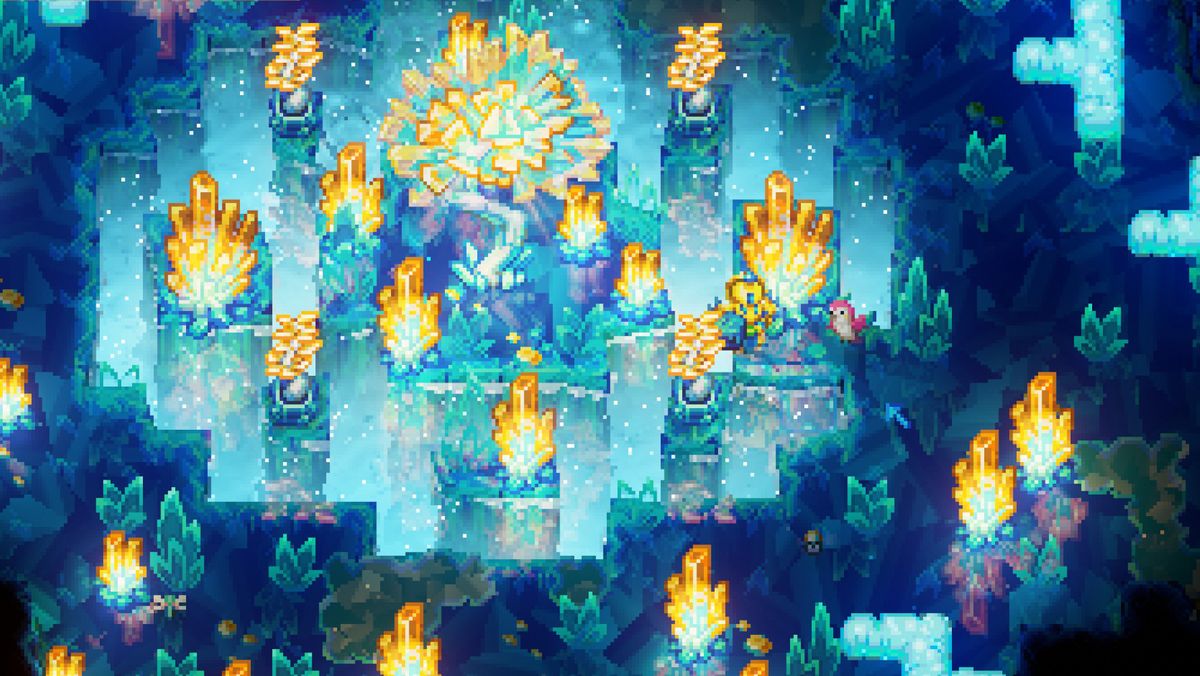
The game features pixel-art graphics inspired by classic 16-bit titles. Its colorful visuals create a friendly, inviting world. The aesthetics balance charm and danger, making exploration appealing.
Sound design enhances immersion. Ambient noises, creature sounds, and a synthesized soundtrack set the mood perfectly. These audio cues provide useful feedback during gameplay and combat.
Community and Multiplayer

Multiplayer is among Core Keeper’s greatest strengths. Up to eight players can join the same world. Playing together makes exploration and combat more fun. Cooperative gameplay fosters teamwork while sharing resources and building collaboratively.
Additionally, an active community shares mods, strategies, and custom worlds. This ongoing engagement keeps the game interesting long after its initial release.
 Core Keeper is a survival sandbox game set deep underground. The story begins when players find an ancient core powering the mysterious environment. The core becomes the game’s central theme. Players explore, mine, craft, build, and fight against monsters. Their mission is to uncover the secrets lurking beneath the surface.
Unlike open-world games, Core Keeper is focused underground. The game supports multiplayer co-op with up to eight players. This makes teamwork and social play a big part. Overall, it offers a rich mix of exploration, combat, and crafting.
Core Keeper is a survival sandbox game set deep underground. The story begins when players find an ancient core powering the mysterious environment. The core becomes the game’s central theme. Players explore, mine, craft, build, and fight against monsters. Their mission is to uncover the secrets lurking beneath the surface.
Unlike open-world games, Core Keeper is focused underground. The game supports multiplayer co-op with up to eight players. This makes teamwork and social play a big part. Overall, it offers a rich mix of exploration, combat, and crafting.
 Players descend into a randomly generated underground world. Each time, the environment is different. You will encounter biomes like forests, swamps, volcanoes, and ruins, each with unique enemies and resources. The game rewards exploration by hiding secrets and valuable items in hard-to-reach places.
Because the world is procedurally generated, every new game feels fresh. You can expect to discover new areas and challenges with each playthrough. Navigating these regions keeps gameplay exciting and unpredictable.
Players descend into a randomly generated underground world. Each time, the environment is different. You will encounter biomes like forests, swamps, volcanoes, and ruins, each with unique enemies and resources. The game rewards exploration by hiding secrets and valuable items in hard-to-reach places.
Because the world is procedurally generated, every new game feels fresh. You can expect to discover new areas and challenges with each playthrough. Navigating these regions keeps gameplay exciting and unpredictable.
 Combat plays a significant role. Players face many monsters, from simple critters to giant bosses. The combat system is straightforward but satisfying. Different weapons work best against various enemies. Moreover, defeating monsters yields rare resources for crafting.
Boss fights are challenging and require preparation. Players must gather the right gear and plan their tactics carefully. Working together makes difficult battles more manageable.
Combat plays a significant role. Players face many monsters, from simple critters to giant bosses. The combat system is straightforward but satisfying. Different weapons work best against various enemies. Moreover, defeating monsters yields rare resources for crafting.
Boss fights are challenging and require preparation. Players must gather the right gear and plan their tactics carefully. Working together makes difficult battles more manageable.
 xr:d:DAF6TSMIFfY:6,j:1294074943082958794,t:24011905[/caption]
While not a typical quest-driven game, Core Keeper has clear milestones. Players aim to unlock new biomes, defeat bosses, and improve the core’s power. These goals keep players focused and motivated to explore.
NPCs and vendors also offer quests, items, and upgrades. These add depth and variety to the gameplay, encouraging long-term engagement.
xr:d:DAF6TSMIFfY:6,j:1294074943082958794,t:24011905[/caption]
While not a typical quest-driven game, Core Keeper has clear milestones. Players aim to unlock new biomes, defeat bosses, and improve the core’s power. These goals keep players focused and motivated to explore.
NPCs and vendors also offer quests, items, and upgrades. These add depth and variety to the gameplay, encouraging long-term engagement.
 The game features pixel-art graphics inspired by classic 16-bit titles. Its colorful visuals create a friendly, inviting world. The aesthetics balance charm and danger, making exploration appealing.
Sound design enhances immersion. Ambient noises, creature sounds, and a synthesized soundtrack set the mood perfectly. These audio cues provide useful feedback during gameplay and combat.
The game features pixel-art graphics inspired by classic 16-bit titles. Its colorful visuals create a friendly, inviting world. The aesthetics balance charm and danger, making exploration appealing.
Sound design enhances immersion. Ambient noises, creature sounds, and a synthesized soundtrack set the mood perfectly. These audio cues provide useful feedback during gameplay and combat.
 Multiplayer is among Core Keeper’s greatest strengths. Up to eight players can join the same world. Playing together makes exploration and combat more fun. Cooperative gameplay fosters teamwork while sharing resources and building collaboratively.
Additionally, an active community shares mods, strategies, and custom worlds. This ongoing engagement keeps the game interesting long after its initial release.
Multiplayer is among Core Keeper’s greatest strengths. Up to eight players can join the same world. Playing together makes exploration and combat more fun. Cooperative gameplay fosters teamwork while sharing resources and building collaboratively.
Additionally, an active community shares mods, strategies, and custom worlds. This ongoing engagement keeps the game interesting long after its initial release. 

